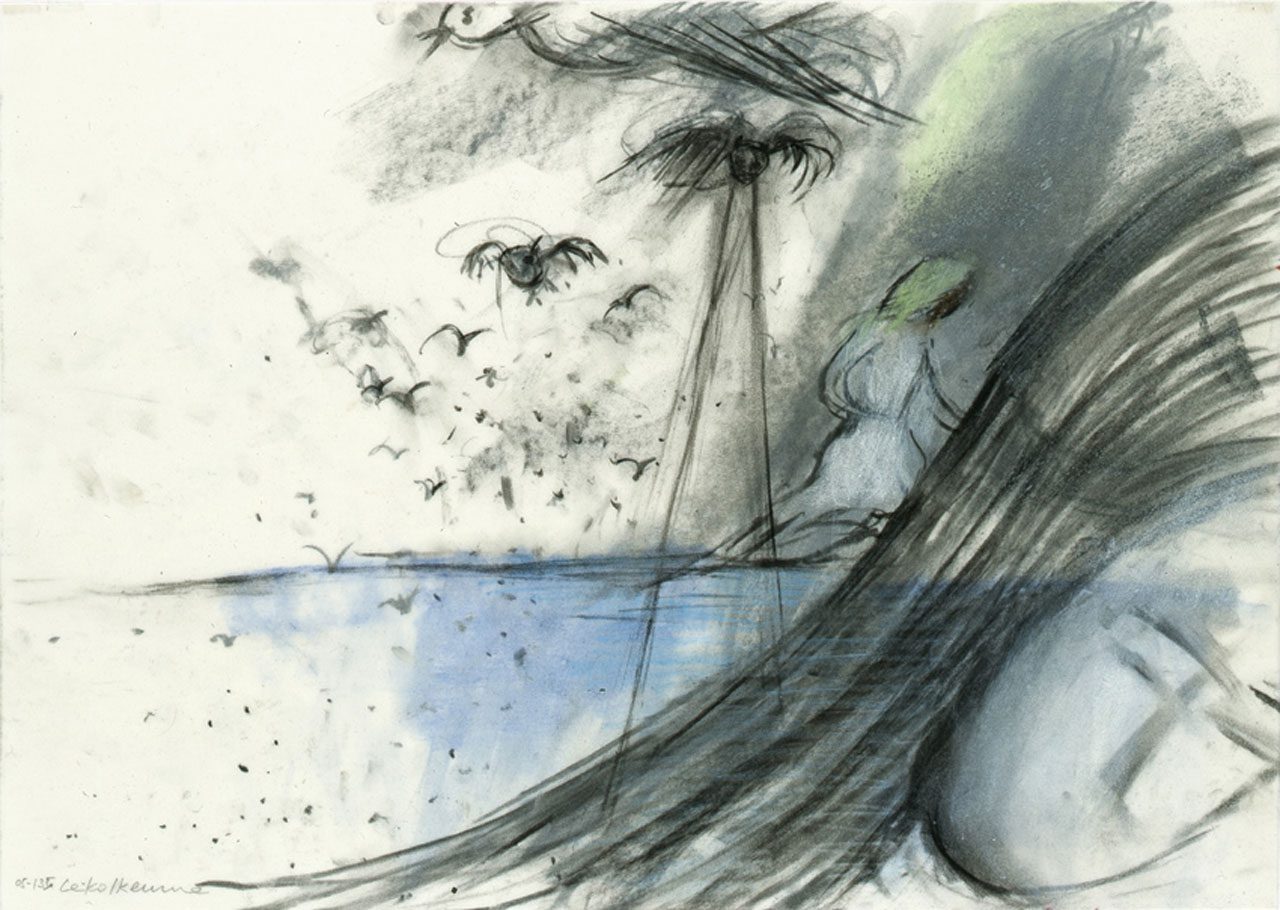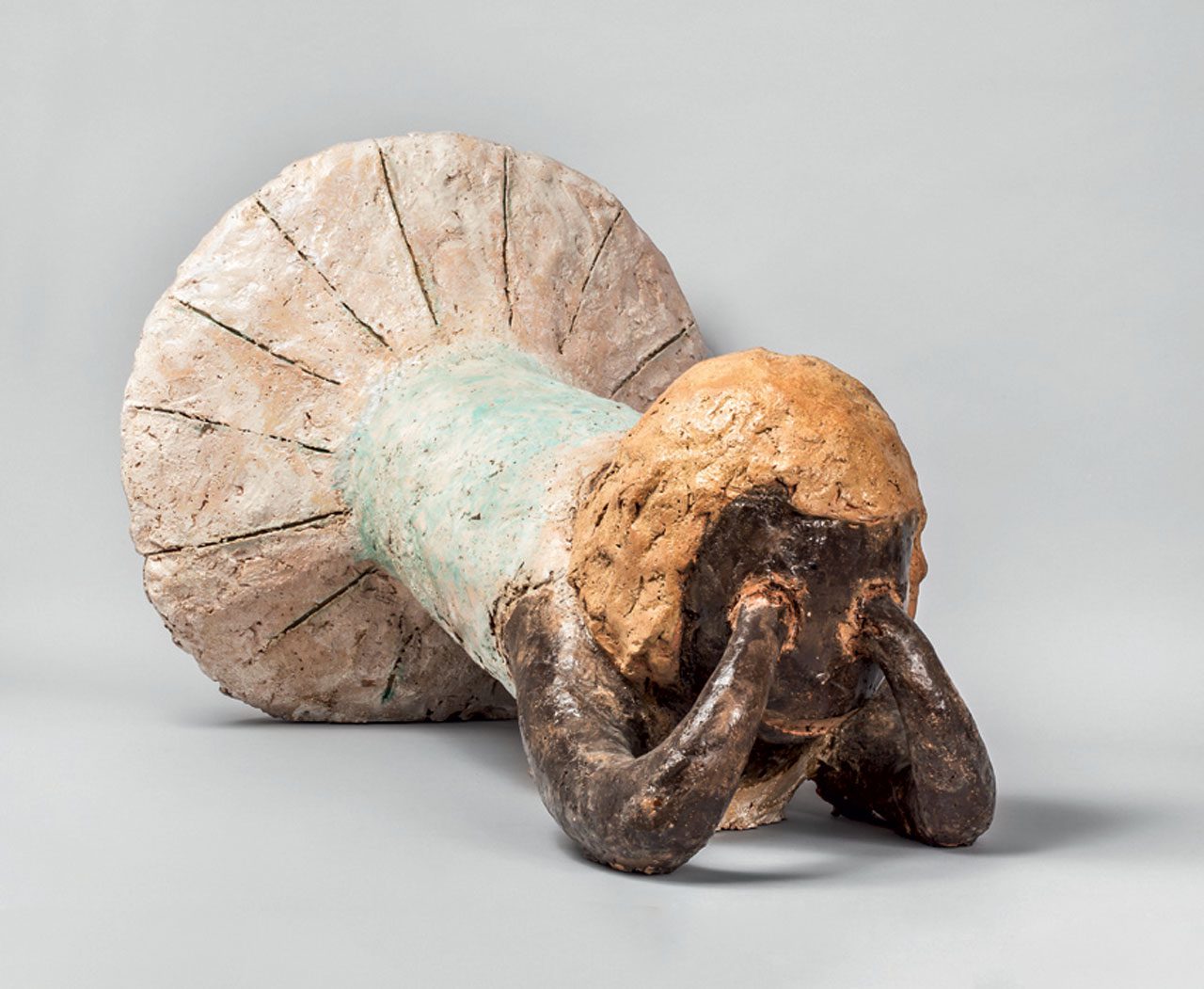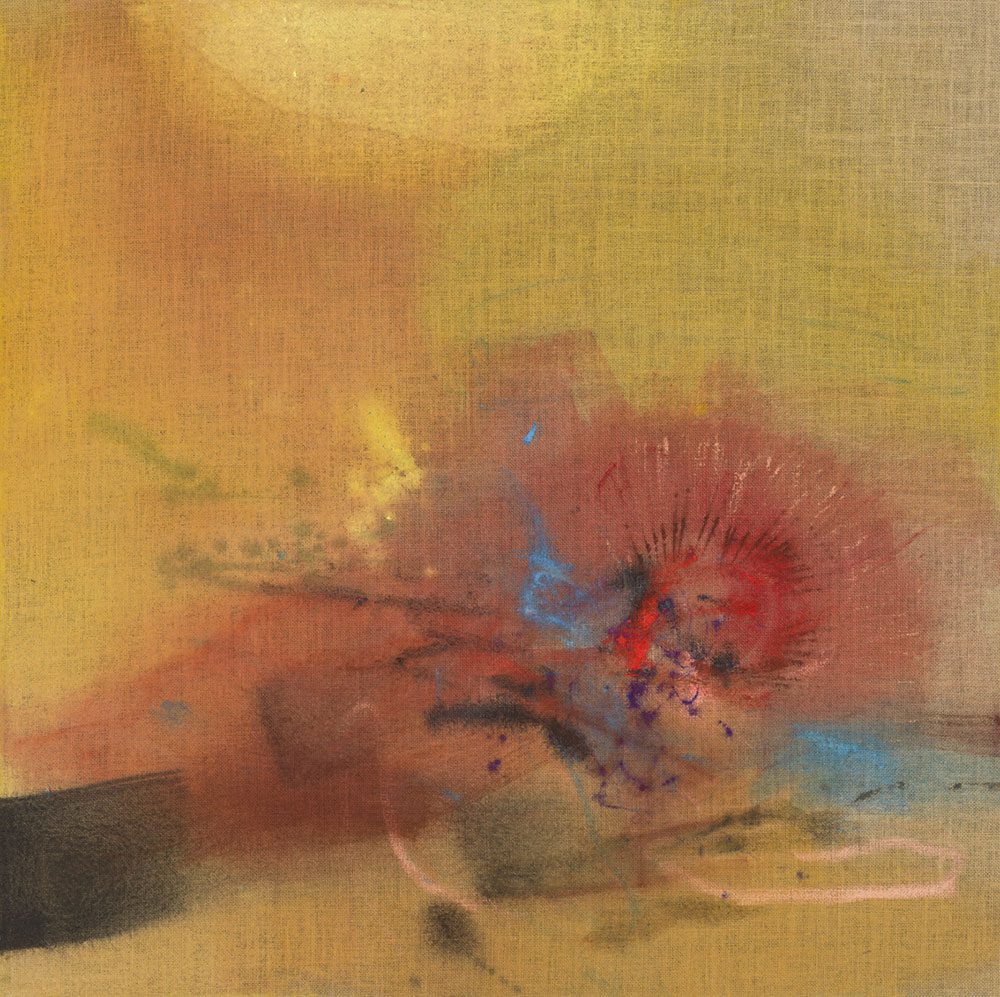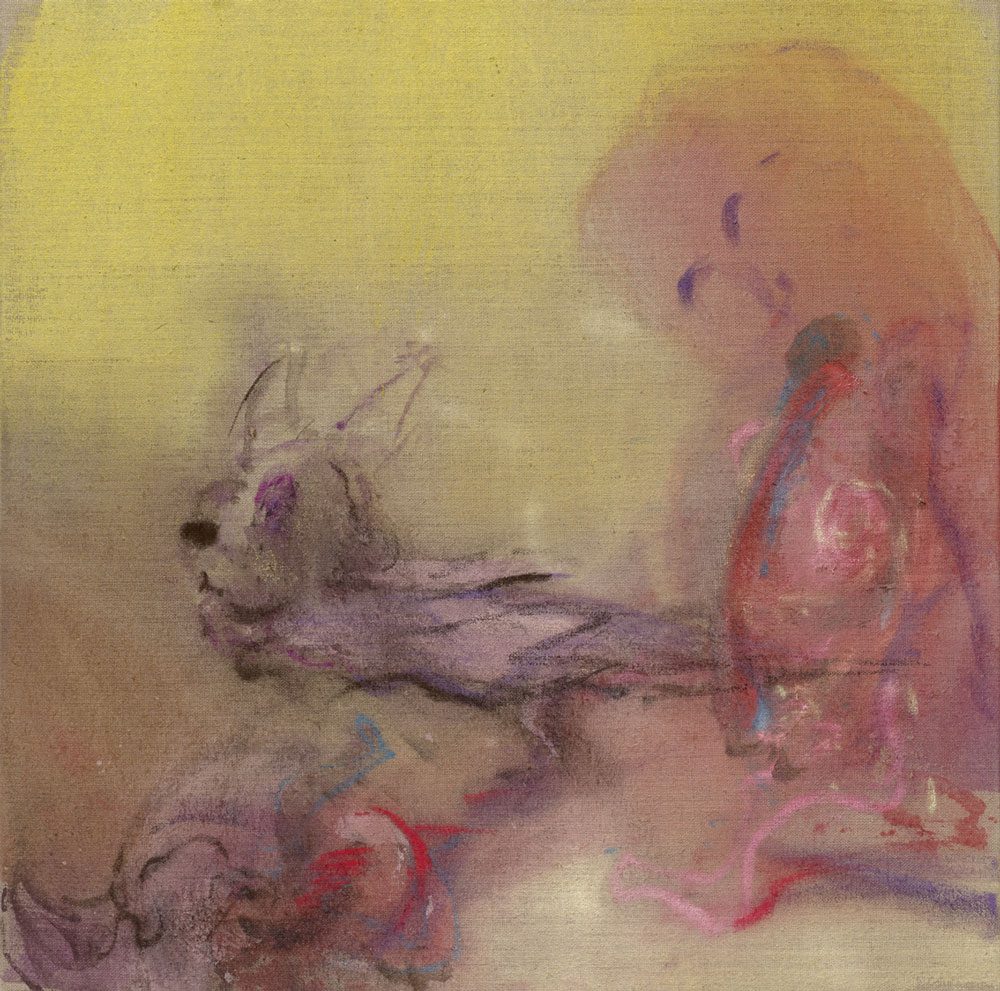PRESENTATION: Leiko Ikemura-Floating Spheres
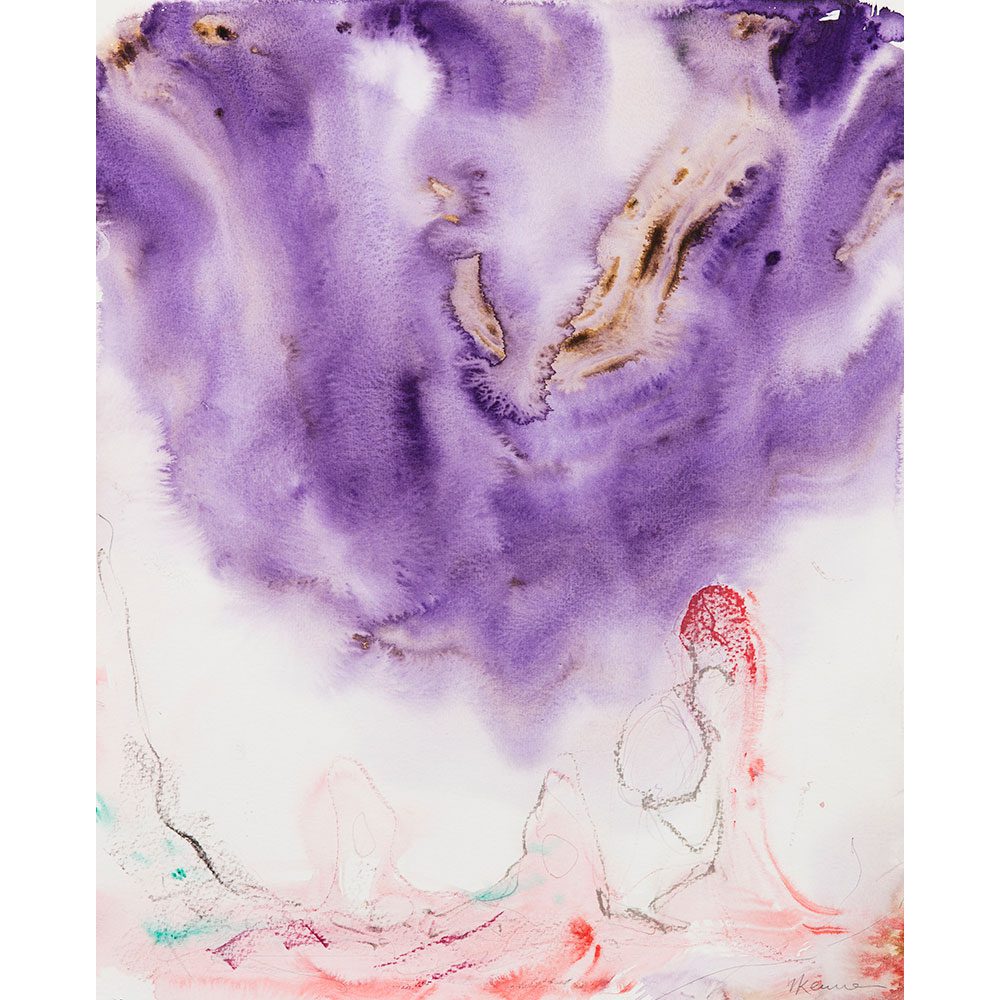 Since the Eighties, the Japanese-Swiss artist Leiko Ikemura has created an unmistakable oeuvre. Whereas her early works were characterized by radical expression, she later committed to a more tender, poetic pictorial language. She opens up to onlookers a fascinating cosmos, consisting of plants, animals, landscapes, and portrayals of the human countenance.
Since the Eighties, the Japanese-Swiss artist Leiko Ikemura has created an unmistakable oeuvre. Whereas her early works were characterized by radical expression, she later committed to a more tender, poetic pictorial language. She opens up to onlookers a fascinating cosmos, consisting of plants, animals, landscapes, and portrayals of the human countenance.
By Efi Michalarou
Photo: Kunsthalle Emden Archive
Leico Ikemura combines Asian and European art traditions and creates a unique pictorial world. Classic European motifs such as landscapes, portraits, and still lifes meet with Japanese visual principles of allusion, incompleteness, and asymmetry. Hermaphrodites and creatures make reference to the myths and fairy tales of Japan and lend a visible form to the invisible. The exhibition “Floating Spheres” brings together seventy-five pieces that provide a cross-section of Leiko Ikemura’s multifaceted creative output—from painting and graphic art, through photography and video, to sculpture. The works trace an arc from the 1980s to the present day. This exhibition is conceived not so much as a classic retrospective as, rather, as a symphony of Ikemura’s themes and motifs, staged in an exhibition architecture by the renowned architect Philipp von Matt, Ikemura’s husband. With “Floating Spheres”, Ikemura’s extraordinary creativity is turned into a tangible experience, which transcends the boundaries between the arts and opens up new perspectives onto space, shape, and light. After studying Spanish at the University of Foreign Studies in Osaka, in 1972 Leiko Ikemura moved to Spain, where she studied art for the first time from 1973 to 1978 at the Escuela Superior de Bellas Artes de Santa Isabel de Hungría in Seville. In 1979 she moved to Zurich, where she began her career as a painter, and in 1983 she received a prize from the city of Nuremberg, which allowed her to stay and work there. In 1985 she moved to Cologne. She was a professor at the Universität der Künste in Berlin from 1991 until 2015, based in both Cologne and Berlin. Since 2014, Ikemura has also been a visiting professor at Joshibi University of Art and Design in Japan. In 2020 she received the Art Encouragement Prize from the Japanese Ministry of Education, Culture, Sports, Science and Technology. Having gone to Europe to study art and launch her career as an artist, Ikemura’s work was acclaimed in the 1980s for her large-scale paintings and prolific drawings in the neo-Expressionist style that prevailed in Europe at the time. However, Ikemura herself avoided being consumed by this trend, choosing instead to focus on the originality of her disadvantaged position as an Asian woman. In 1989, she retreated to the Swiss Alps, where she created the “Alpine Indians” series. The 1990s saw a shift in her style towards a series of small paintings of young girls whose outlines seem to blend into monochromatic backgrounds of yellow, blue and black, terracotta statues with hollow bodies that were sometimes faceless, and installations that combined both paintings and sculptures. Ikemura’s figures of young girls are foreigners or strangers to the land in which they find themselves. While they may also be temporary representations of her own ambiguity and instability as a woman, they are certainly neither fragile nor weak. Rather, they are spiritual, liberated beings that sometimes stand with a cat, lie on the ground or fall from the air. The gaping holes in these reclining statues whose hollow bodies are on open display also project the impression of an unfettered, dynamic spirit, rather than an empty void. Ikemura would subsequently go on to paint horizons without but she also depicted many of these young female figures as if they were spirits. The horizon also becomes the setting for a naval battle as a kind of silent warning to a world at war with itself. In recent years, she has expressed a sense of grandeur that comes from the literal fusion and unity between nature and human in both paintings and sculptures. This culminated in a series of landscape paintings inspired by Japanese and Chinese works in the genre, on a scale that seems to transcend time and space. In terms of three-dimensional sculptures, Ikemura created new prayer statues in ceramic called “Usagi Kannon” (2012/2014), which were later cast in bronze, after the shock of the Great East Japan Earthquake. Even during the COVID-19 pandemic that afflicted the entire world, Ikemura sought to express herself with the new material of glass, which she was able to work with in her home studio. Her photography, writing and publishing of poetry and essays, and other forms of artistic expression, are also diverse and closely interrelated, demonstrating her deeply contemplative nature and critique of the world.
Photo: Leiko Ikemura, CP Summer, 2018 © Courtesy Leiko Ikemura & VG Bild-Kunst, Bonn 2024. Photo: Kalle Sanner
Info: Kunsthalle Emden, Hinter dem Rahmen 13, Emden, Germany, Duration: 23/11/2024-11/5/2025, Days & Hours: Tue-Sun 11:00-17:00, https://kunsthalle-emden.de/
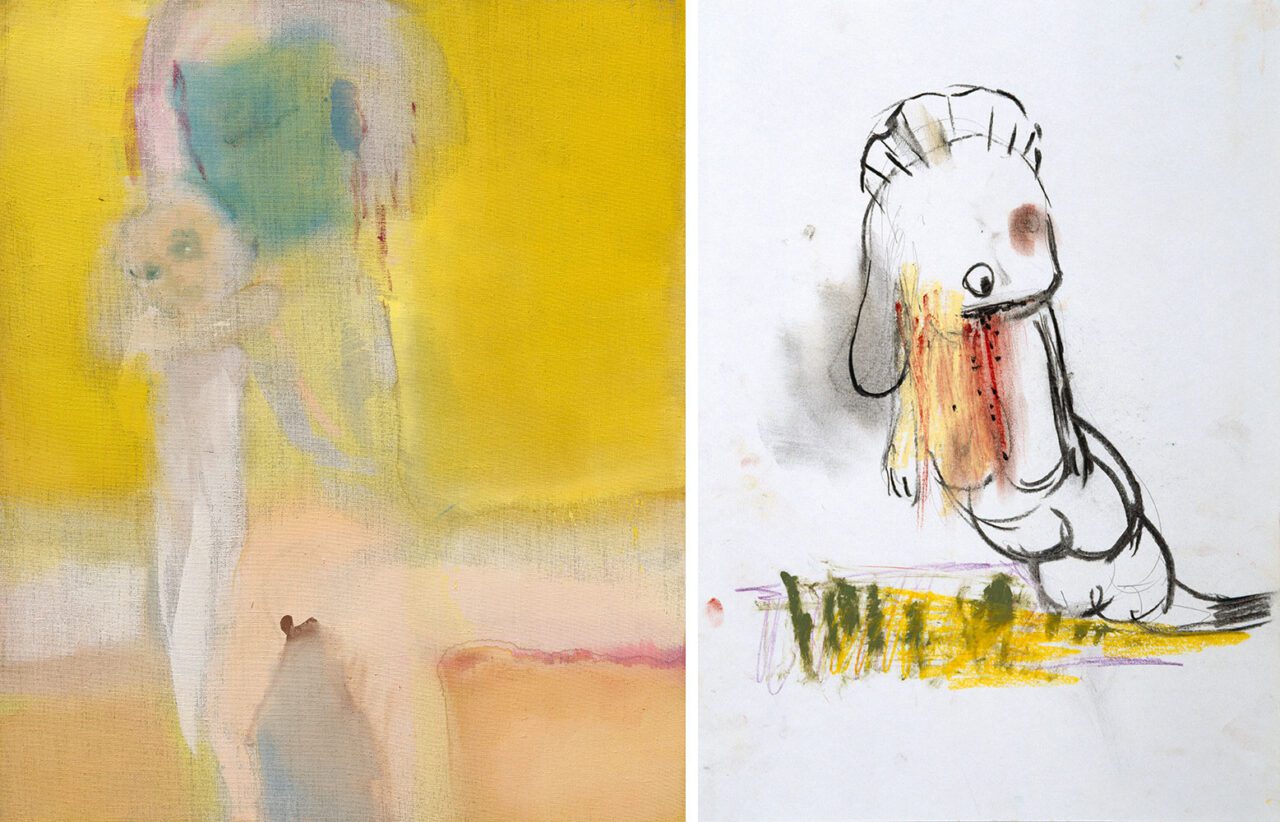
Right: Leiko Ikemura, Alone, 1993 (c) Courtesy Leiko Ikemura & VG Bild-Kunst, Bonn 2024. Photo: Lothar Schnepf
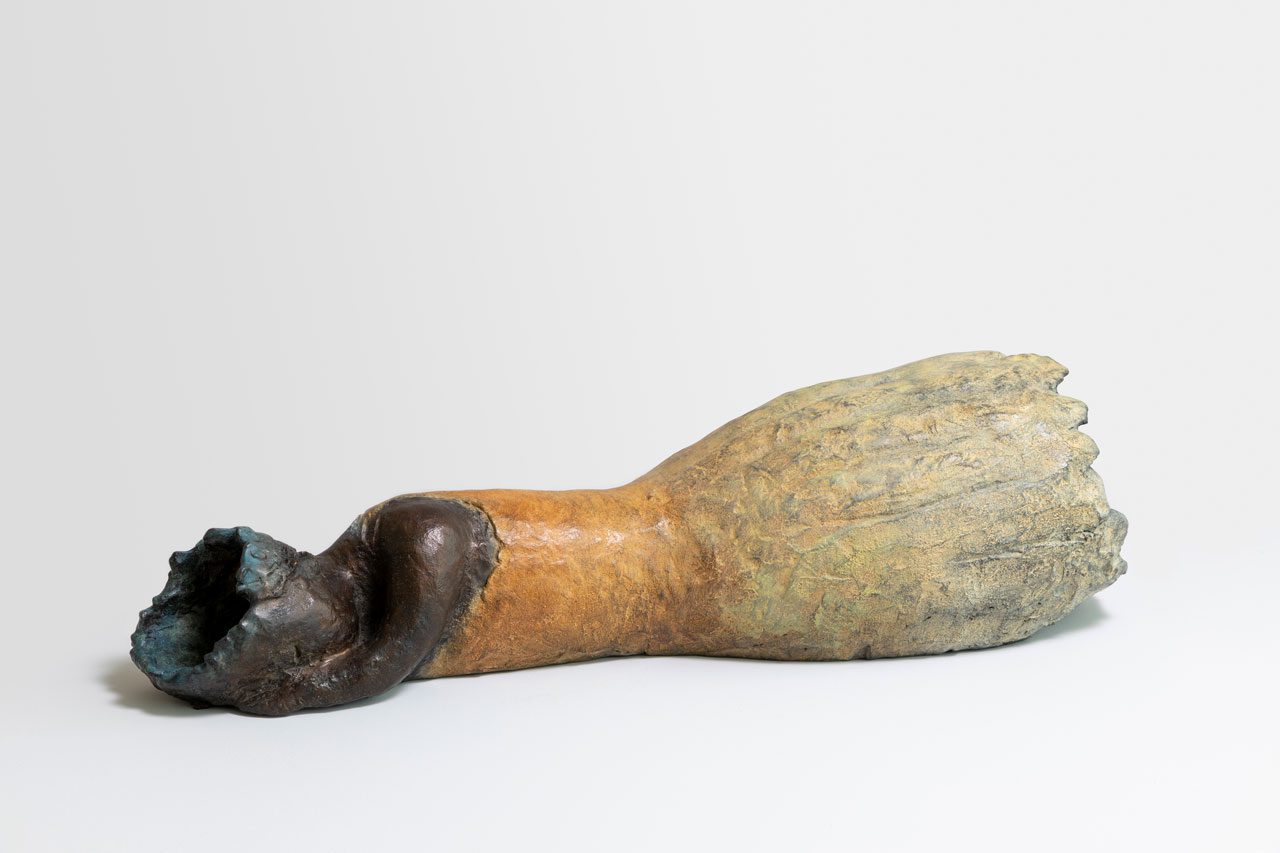
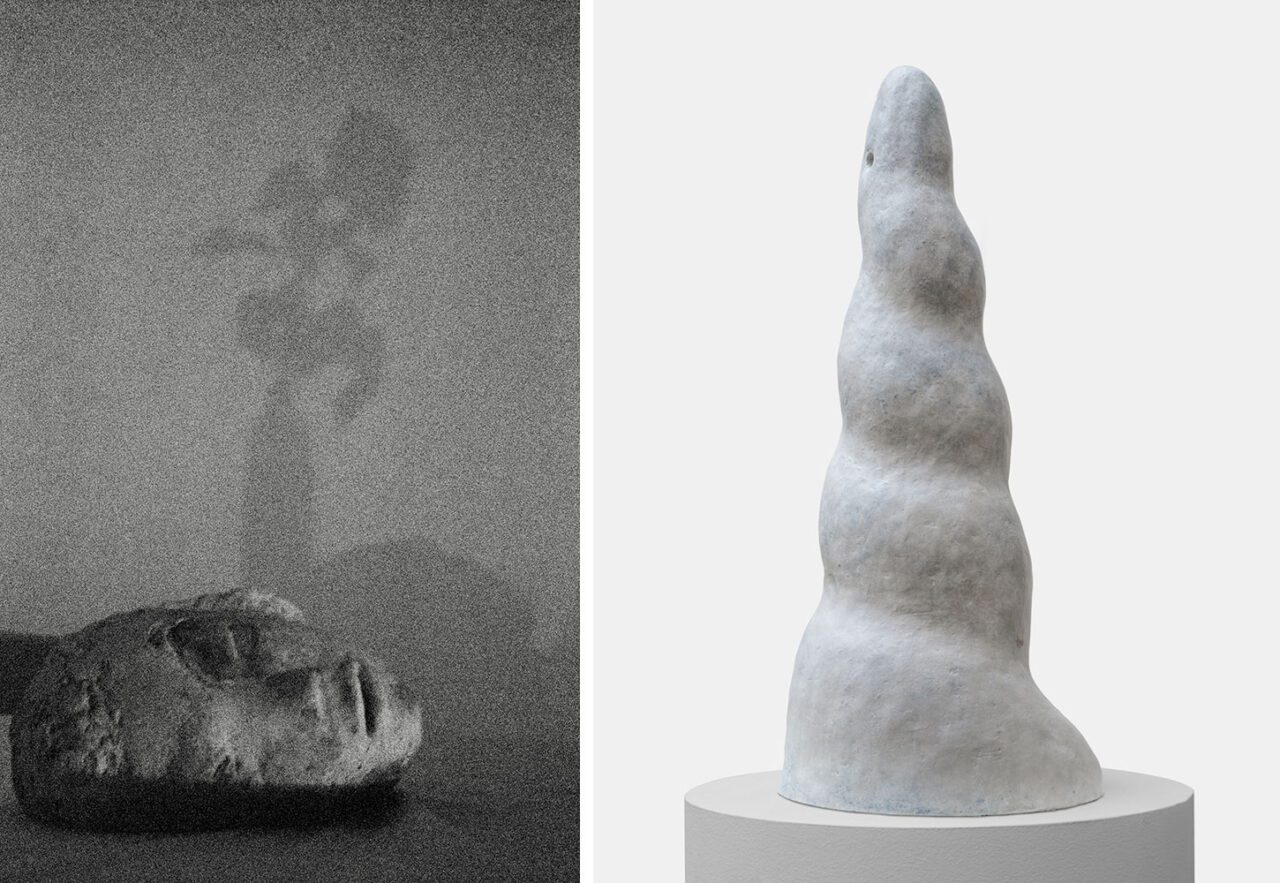
Right: Leiko Ikemura, Turmwurm, 1992/2019 (c) Courtesy Leiko Ikemura & VG Bild-Kunst, Bonn 2024. Photo: Gunter Lepkowski

